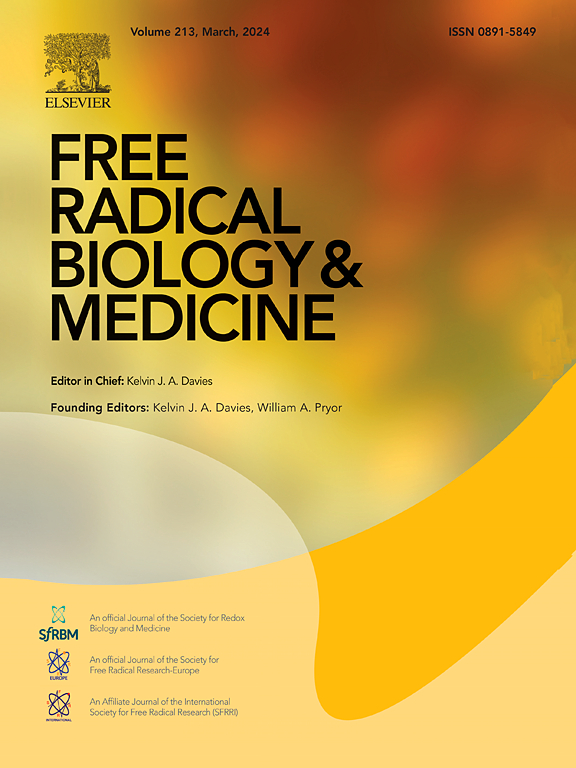Adipocyte-secreted ANGPTL2 promotes hyperuricemia through inhibiting AKT/ABCG2 signaling
IF 7.1
2区 生物学
Q1 BIOCHEMISTRY & MOLECULAR BIOLOGY
引用次数: 0
Abstract
Aims
Overweight and obesity are closely associated with hyperuricemia (HUA). However, the effect of obesity-induced adipokine on the level of serum uric acid (UA) has not been fully elucidated. This study aimed to determine the role of adipokine in the pathogenesis of HUA.
Methods
Omental adipose tissues from HUA patients with obesity were collected for data-independent acquisition (DIA) proteomics analysis, and the secreted protein angiopoietin-like protein (ANGPTL2) was identified and further validated via Western blot and ELISA. Angptl2 knockout (ko) and adipocyte-specific ANGPTL2 overexpression mice were generated to establish HUA models. HK2 cells and primary renal tubule epithelial cells (RTECs) were applied to induce HUA cell model and treated with recombinant human ANGPTL2 or supernatants derived from C3H10 cells differentiated into adipocytes.
Result
ANGPTL2 levels were significantly elevated in the omental adipose tissue from HUA with obesity patients compared to control participants. Circulating ANGPTL2 levels were also increased, and positively correlated with serum UA levels, especially in male participants. Plasma UA levels were significantly decreased in Angptl2 ko mice, coinciding with up-regulated expression of ATP binding cassette subfamily G member 2 (ABCG2) and down-regulated glucose transporter 9 (GLUT9) in renal tissue. However, plasma UA levels were significantly increased, accompanied by decreased ABCG2 expression and enhanced GLUT9 expression after adipocyte-specific ANGPTL2 overexpression. Furthermore, adipocyte-derived ANGPTL2 increased UA level in cell supernatants through the inhibition of protein kinase B (AKT)/ABCG2 signaling in RTECs and HK2 cells.
Conclusion
Adipokine ANGPTL2 levels were significantly elevated in HUA patients with obesity. Circulating ANGPTL2 concentrations were independently associated with serum UA levels, particularly in obese males. Adipocyte-secreted ANGPTL2 promoted the level of UA through AKT/ABCG2 signaling in renal tubular cells. These findings establish ANGPTL2 as a critical adipokine linking obesity to hyperuricemia and suggest its potential as a novel therapeutic target for HUA.

求助全文
约1分钟内获得全文
求助全文
来源期刊

Free Radical Biology and Medicine
医学-内分泌学与代谢
CiteScore
14.00
自引率
4.10%
发文量
850
审稿时长
22 days
期刊介绍:
Free Radical Biology and Medicine is a leading journal in the field of redox biology, which is the study of the role of reactive oxygen species (ROS) and other oxidizing agents in biological systems. The journal serves as a premier forum for publishing innovative and groundbreaking research that explores the redox biology of health and disease, covering a wide range of topics and disciplines. Free Radical Biology and Medicine also commissions Special Issues that highlight recent advances in both basic and clinical research, with a particular emphasis on the mechanisms underlying altered metabolism and redox signaling. These Special Issues aim to provide a focused platform for the latest research in the field, fostering collaboration and knowledge exchange among researchers and clinicians.
 求助内容:
求助内容: 应助结果提醒方式:
应助结果提醒方式:


